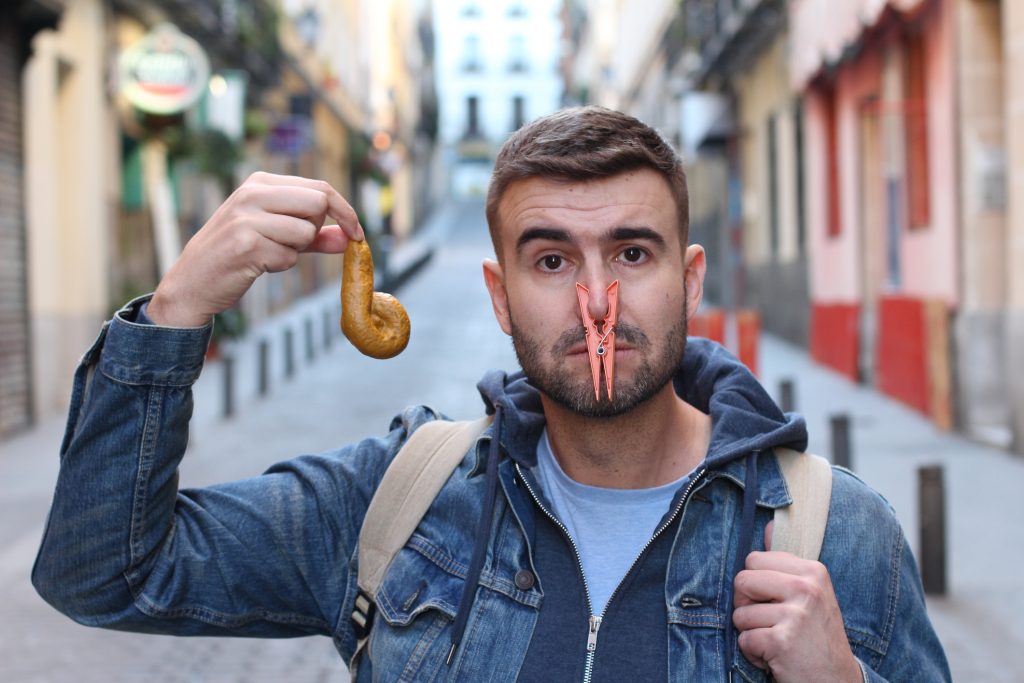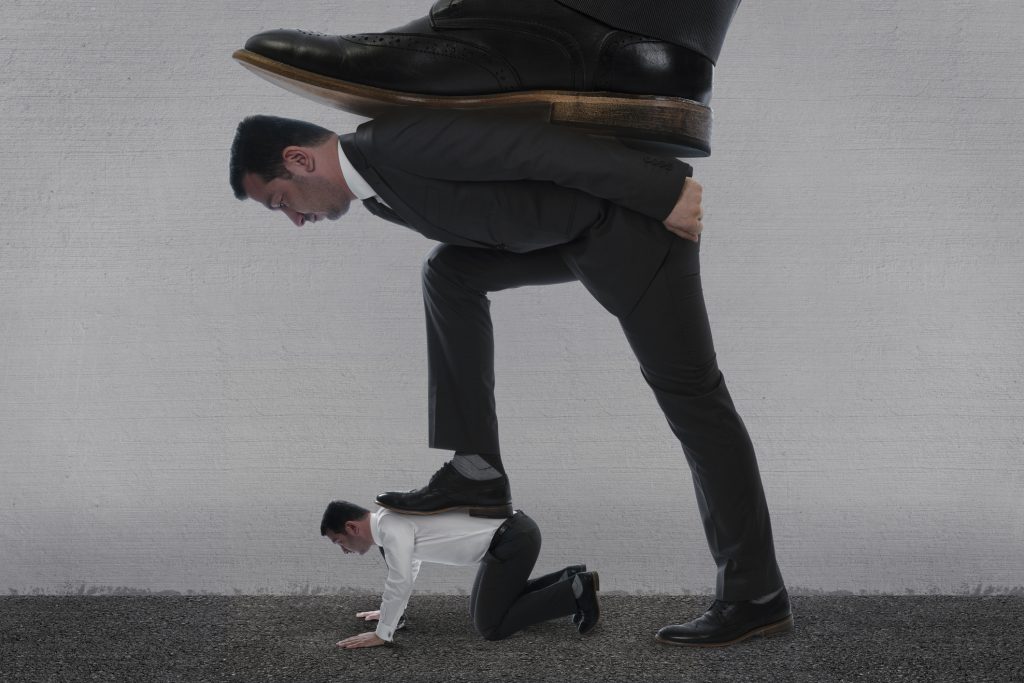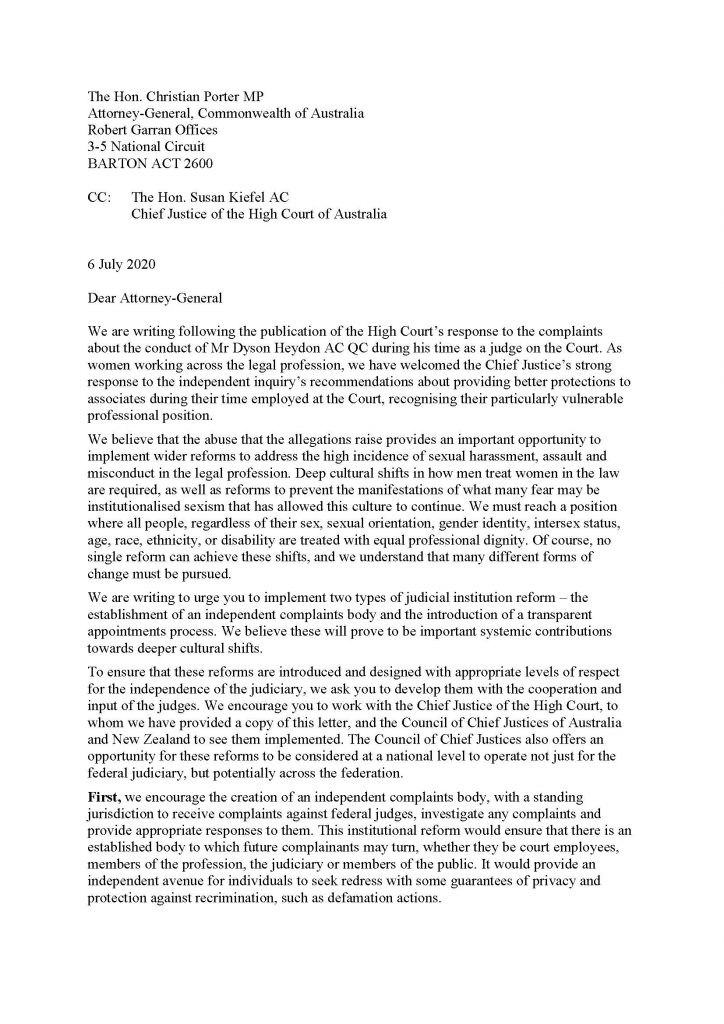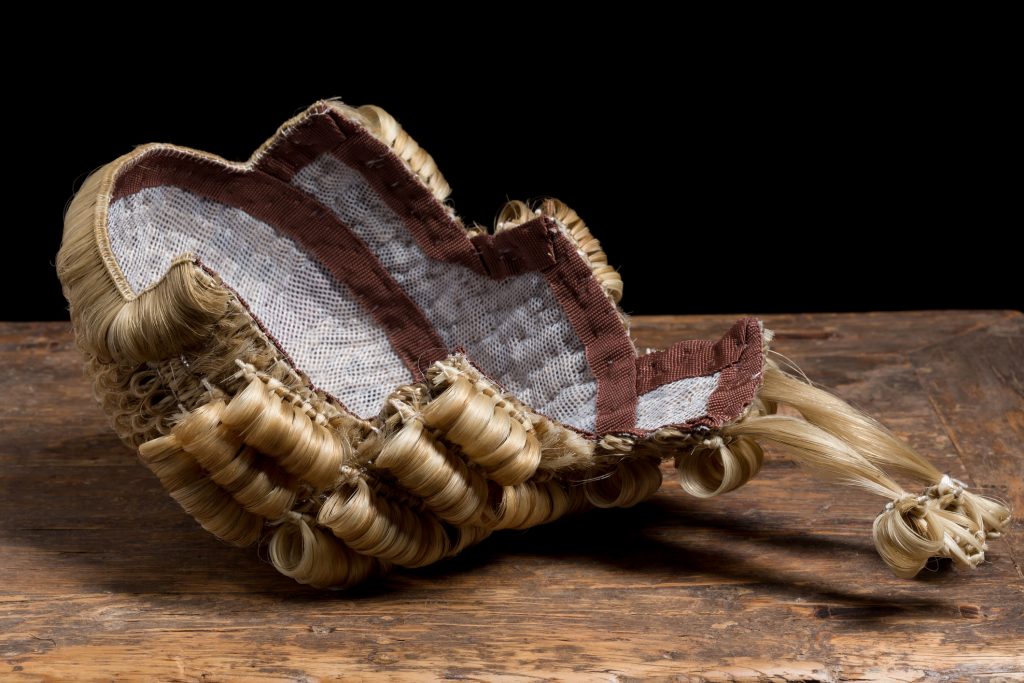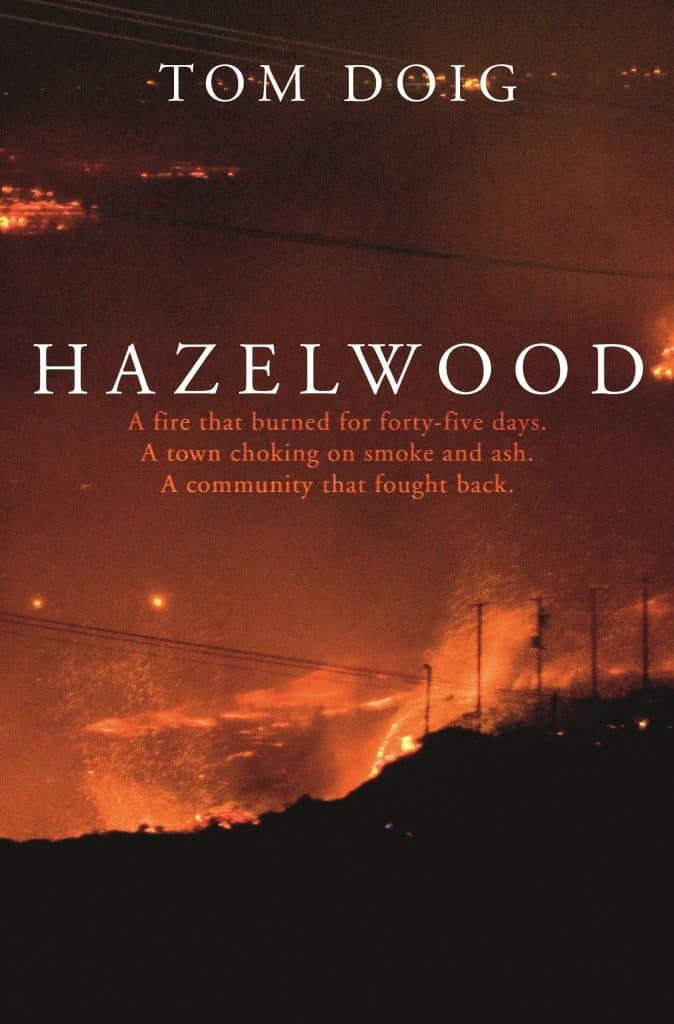The big occupational health and safety (OHS) news in Australia on 21 July 2020 was the prosecution of Dreamworld‘s parent company, Ardent Leisure, for breaches of the Work Health and Safety legislation over the deaths of four customers who were riding the Thunder River Rapids Ride four years ago. The prosecution has been expected for some time and is likely to take many months. More details will emerge as they did in the Coronial Inquest that slammed Dreamworld’s safety reputation.
In this article, I look specifically at the statement that Ardent Leisure sent to the Australian Stock Exchange (ASX) as it is in an interesting example of mea culpa, OHS under-investment and damage control.

